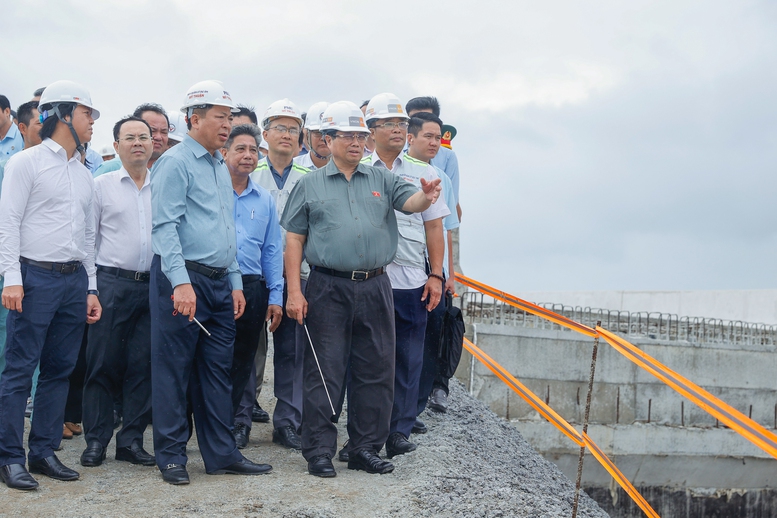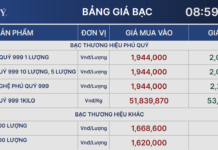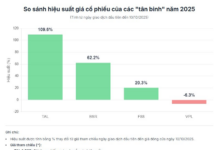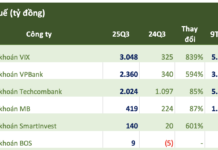On Track for Completion: Vietnam’s Cao Lanh – Cao Bang Expressway to be Fully Operational by 2025
On December 15, Prime Minister Pham Minh Chinh inspected and reviewed the progress of the Cao Lanh – Cao Bang Expressway project, emphasizing the importance of meeting the deadline.
The Cao Lanh – Cao Bang Expressway is the final segment of the larger North-South Expressway project, stretching across the country. The first phase (2015-2020) saw the completion of 11 sub-projects spanning nearly 700 km. The current phase aims to finish the remaining 12 sub-projects, totaling approximately 730 km, by the end of 2025.
Completing the Cao Lanh – Cao Bang Expressway on time is crucial for connecting the entire North-South Expressway, opening up new development opportunities, and linking localities in the North, Central, and South regions. It also sets a precedent and provides motivation for the successful completion of other significant projects in the coming years.

Prime Minister emphasizes the unwavering deadline of December 31, 2025, for the completion of the North-South Expressway. Photo: VGP/Nhat Bac
The Cao Lanh – Cao Bang Expressway consists of a main route over 110.85 km long and a 25.85 km connector. The project is divided into two sub-projects: the Cao Lanh – Hau Giang section and the Hau Giang – Cao Bang section, with a total investment of VND 27,500 billion. Construction began on January 1, 2023, with a target completion date of December 31, 2025.
According to reports, the progress made on the Cao Lanh – Cao Bang Expressway project is noteworthy. Land clearance has been completed for the entire main route (110.8 km) and is nearing completion for the 28 km connector, with only a small section in Can Tho City pending resolution.
Contractors have mobilized 234 construction crews, 971 pieces of equipment, and 3,000 workers, operating in three shifts. The project has achieved 55% and 61% of the planned work volume. Regarding sand filling, 11.8 million cubic meters out of the required 15.2 million cubic meters for 2024 have been delivered to the site, leaving a deficit of 3.4 million cubic meters. Cumulative disbursement has reached VND 14,353 billion out of VND 14,766 billion (97%), and VND 5,831 billion out of VND 6,356 billion has been disbursed this year (92%), meeting the plan.
In his conclusion, the Prime Minister firmly stated that the deadline of December 31, 2025, must be met for the completion of the Cao Lanh – Cao Bang Expressway to ensure the full operation of the North-South Expressway. He emphasized that this is a heartfelt command, a requirement of the country, and the expectation of the people.



Construction work progresses steadily on the Cao Lanh – Cao Bang Expressway project. Photo: VGP/Nhat Bac
Plans to Extend the Expressway from Cao Bang City to Dat Mui, Ca Mau
During the working session following the inspection of the Cao Lanh – Cao Bang Expressway, the Prime Minister assigned relevant ministries, sectors, and localities to study the extension of the expressway from Cao Bang City to Dat Mui in Ca Mau (approximately 80 km). He directed Ca Mau to take the lead in implementing this extension with the support and capital allocation from the Central Government, aiming to commence construction next year.
Previously, the Road Department also proposed adding a new section to the master plan for the Ca Mau – Dat Mui Expressway, approximately 90 km long and featuring four lanes. This proposal is envisioned for implementation after 2030.
Traffic volume forecasts for the Ca Mau – Dat Mui section by 2030 range from 18,300 to 20,100 car equivalents per day, highlighting the need for a four-lane expressway to match the standard of the Cao Lanh – Cao Bang section.

The North-South Expressway will extend to the southernmost tip of Ca Mau. Photo: Ca Mau Tourism
According to the master plan, the Ca Mau – Dat Mui Expressway will run parallel to National Highway 1 and Ho Chi Minh Road until it reaches Rach Goc town and then continues to Dat Mui in Ngoc Hien district. This alignment aims to leverage the advantages of the future Hon Khoai International Seaport.
Together with the east-west axis roads, the Ca Mau – Dat Mui Expressway will serve as a pillar for the development of the marine economy, harnessing the potential and strengths of the southernmost region of the country, and ensuring national defense and security.
In reality, the need for development, especially in harnessing the potential of the National Tourism Site of Mui Ca Mau, calls for the construction of an expressway. This will reduce travel time by almost a third compared to the current smaller, narrower routes of National Highway 1 and Ho Chi Minh Road, which experience high traffic volumes.
Thai Ha





































